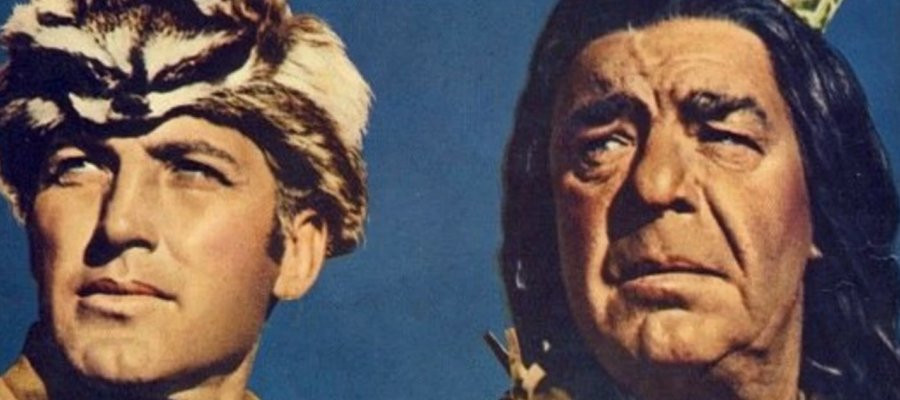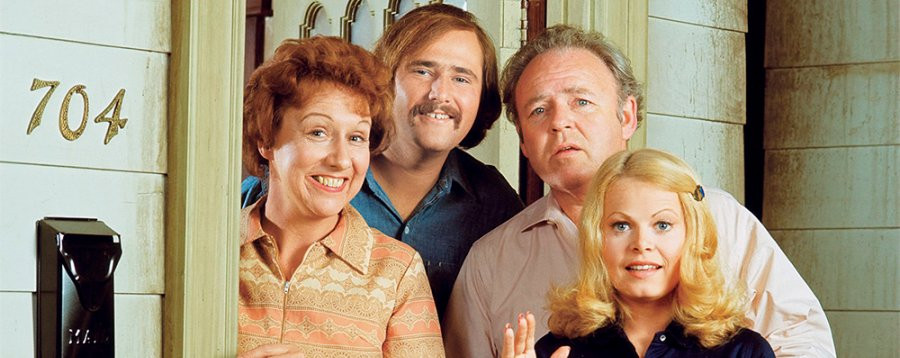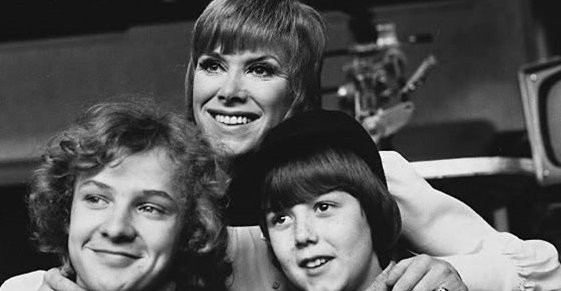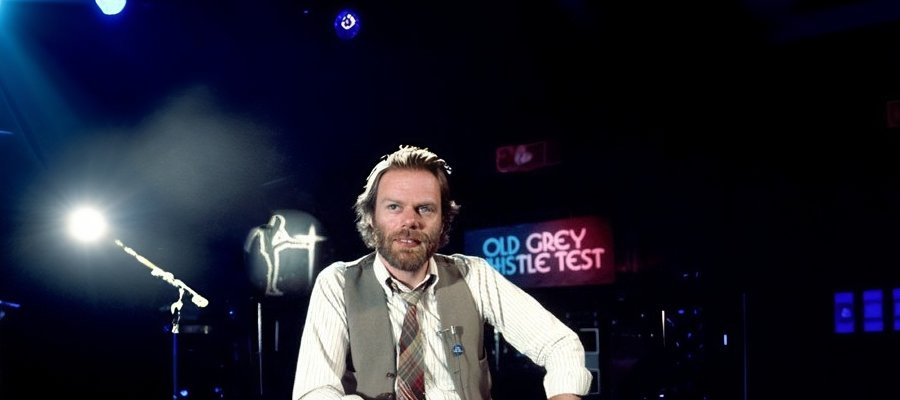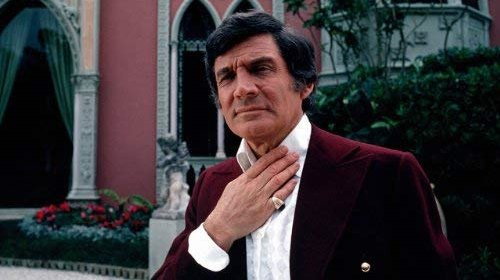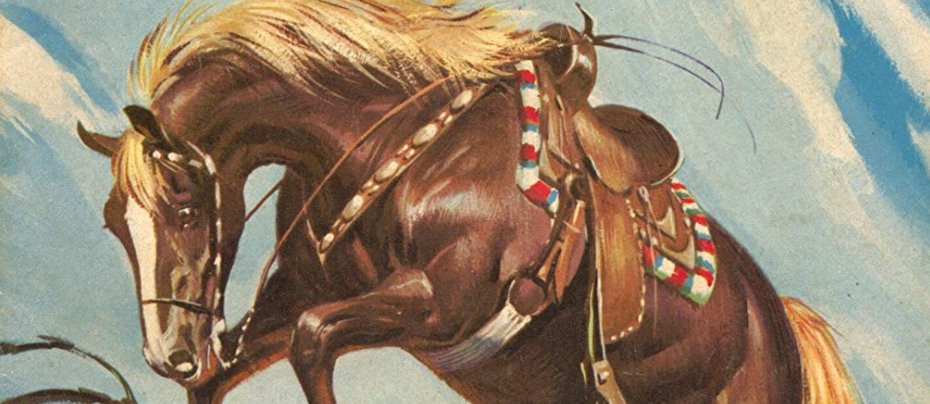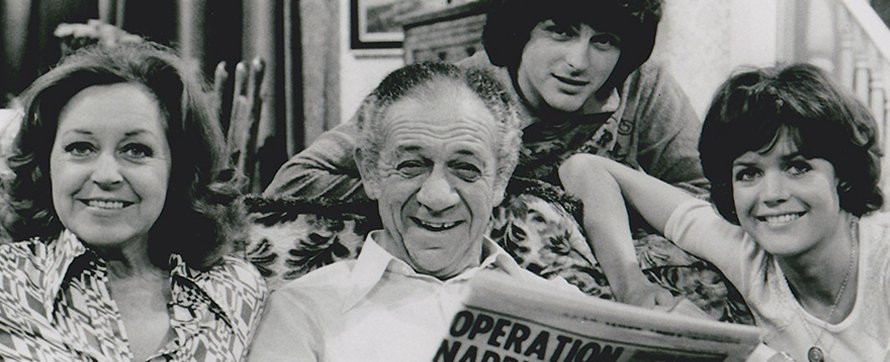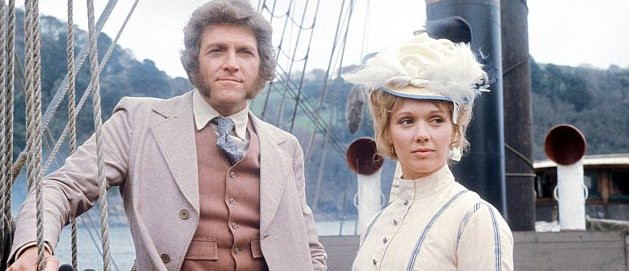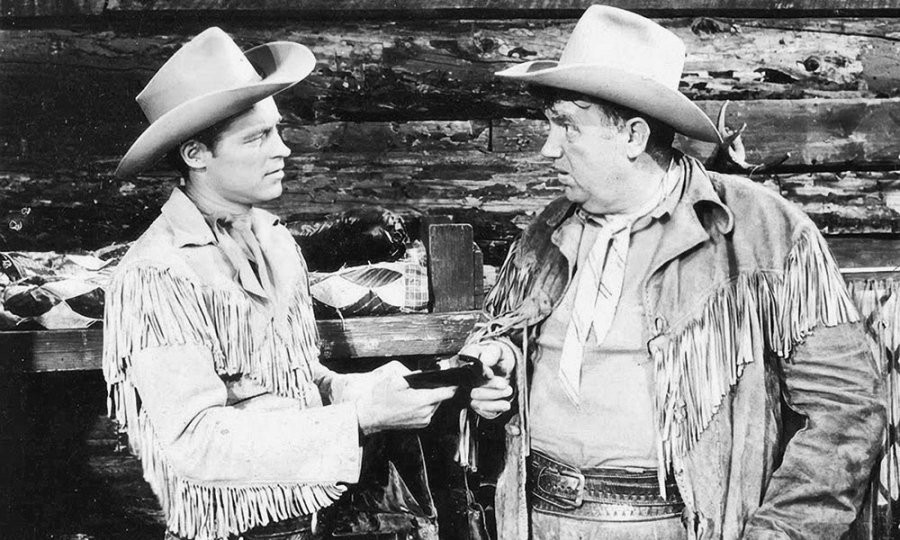
Alias Smith and Jones
1971 - United StatesSet in the late 19th Century when the Wild West was no longer so wild and the 'frontier' had been pushed back almost as far as it would go, Alias Smith and Jones was one of US television's last great flirtations with the Cowboy genre, which, inspired by the Hollywood blockbuster, Butch Cassidy and the Sundance Kid, presented the heroes with more wit than grit. Brought in as a mid-season replacement series in 1971, Alias Smith and Jones was the brainchild of an up-and-coming 32 year-old producer by the name of Glen Larson, who at that time was already being described as a "Wunderkind among Hollywood producers."
"I had wanted a Western that was more towards the turn of the century and which also had some humour," he explained. Looking through the records of the Pinkerton Detective Agency, which was the nemesis of many 'old west' outlaws, Larson came across a reference to two outlaws who had been offered amnesty -and jobs as guards on the Union Pacific Railroad. "As soon as I read that," said Larson, "I knew I had a substantial basis for a series." The premise was simple enough; Hannibal Heyes and Jed 'Kid' Curry were two reformed outlaws and although they had committed plenty of robberies in their time, they'd never actually killed anyone. But when they realised the 'Old West' was coming to an end and decided to change their ways (for one very good reason explained producer Larson at the time, "They know that if they don't they'll get killed") the territorial governor offered them a free pardon only on condition that they stayed out of trouble and lived as model citizens for one whole year. Of course to make things a little more complicated, no one was allowed to know of the 'deal', and the two former outlaw's 'Wanted Posters' would remain on display making them the target of every Sheriff, Deputy or Bounty Hunter around.
In creating the main characters, Larson drew from different sources. Heyes (aka Joshua Smith) was a pure work of fiction, whilst Curry (aka Thaddeus Jones) was based on the real Kid Curry, who was a member of the 'Hole-in-the-Wall Gang', which spawned such movies as 'The Wild Bunch' and 'Butch Cassidy.' Another comparison to the successful Paul Newman/Robert Redford movie was that even the actor chosen to play the 'Kid', university graduate Ben Murphy, was very similar in appearance to Hollywood heart-throb Newman.
Peter Duel, who played the part of Smith, was a former Broadway actor who began his Hollywood career performing in a variety of roles. Interviewed at the series outset he said, 'After the parts I'd had in recent years--from drug addicts to draft-dodgers--I was glad to have something with humour.' Unfortunately, the humour in young Duel's life soon faded and on 30th December 1971, the 31 year-old shot himself whilst watching the show on TV. The series, (which had a shooting schedule that ensured it churned out a new episode every five days), continued with former series narrator Roger Davis taking over the Smith role, and finally ended in 1973.
Glen Larson summed up the viewing public's fascination with the Western genre thus: "I suppose it's true the Western is escapist entertainment. Everybody likes to identify with the freewheeling cowboy, gun-at-hip with no restraints." Although this series is regarded as one of the last of the successful US Cowboy series, the Western never really did die, it simply moved from the mid-west to deep space. Inspired by Star Trek, Larson drew on its ingredients for his 1980 cowboys- in-space series Battlestar Galactica. And even that series starred one of the most famous TV Cowboys of all time; Bonanza's Lorne Greene.
Seen this show? How do you rate it?
Seen this show? How do you rate it?
Published on November 27th, 2018. Written by Laurence Marcus (2001) for Television Heaven.


